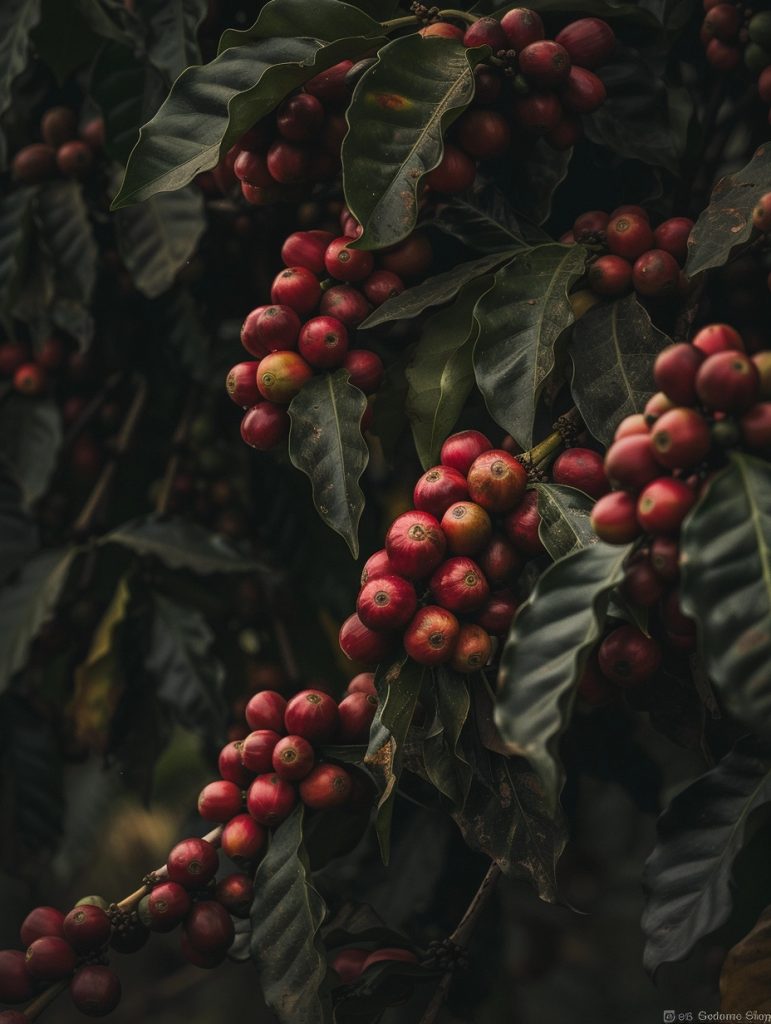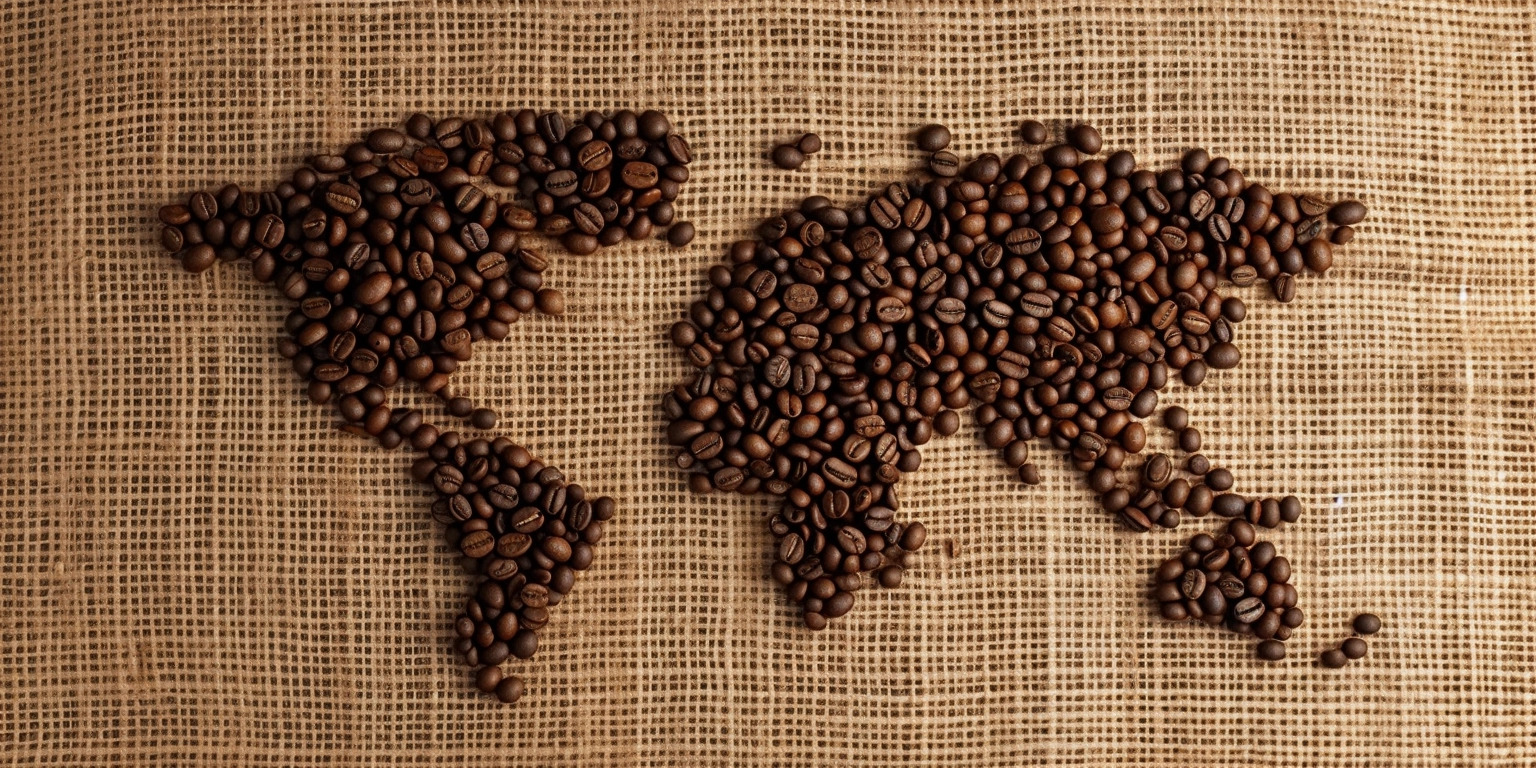Coffee comes from the coffee plant, which is a flowering shrub or small tree that belongs to the genus Coffea. The coffee plant is believed to have originated in the region that is now modern-day Ethiopia and Sudan in East Africa.
Where exactly coffee comes from –
Coffee comes from the seeds of the Coffea plant, which is native to tropical regions of Africa and Asia. The seeds are found inside the fruit, often referred to as coffee cherries. Once the cherries ripen, they are harvested, processed, and dried to extract the coffee beans. These beans undergo various roasting processes before being ground and brewed to make the delicious beverage we know as coffee.
Where does it start
While the exact geographic origins are debated, it is widely accepted that coffee cultivation first began in the highlands of Ethiopia and the Arabian Peninsula. From these ancient origins, coffee plants and their cultivation methods spread around the world through trade and colonization.
Ethiopia: The coffee plant is native to Ethiopia, where it is believed that the first coffee beans were roasted and brewed as early as the ninth century. Wild coffee plants grew in the region of Kefa (also known as Kaffa), Ethiopia1. Legend has it that an Arab goatherd named Kaldi noticed his goats becoming unusually energetic after nibbling on coffee berries. Curious, he tried the berries himself and experienced a similar invigorating effect.
Yemen: From Ethiopia, coffee spread to Egypt and Yemen. In Yemen, it quickly became a popular drink among the Muslim community. The Yemeni port city of Mocha played a significant role in the coffee trade, and the term “mocha” is still associated with coffee today.
Arabian Peninsula: People from the Arabian Peninsula, including Yemen, were likely among the first to roast and brew coffee beans using methods similar to what we use today. Coffee began its global journey from this region.
Worldwide Spread: Over time, coffee made its way around the world. It became an integral part of various cultures, leading to the establishment of coffeehouses, coffee plantations, and diverse brewing techniques. Today, coffee is one of the three most popular beverages globally, alongside water and tea.
Current Status: Today, coffee is grown commercially in more than 70 countries across the Americas, Southeast Asia, India, and Africa. The top coffee-producing countries include Brazil, Vietnam, Colombia, Indonesia, and Ethiopia.
The two main species of coffee that are commercially cultivated are:

- Coffea arabica: This species accounts for about 60% of the world’s coffee production. It is considered to produce superior quality coffee with a more distinct flavor and lower caffeine content. Arabica coffee plants are thought to have originated in the highlands of Ethiopia.
- Coffea canephora (robusta): This species accounts for about 40% of global coffee production. Robusta coffee is known for its higher caffeine content and more bitter, harsher taste compared to Arabica. It is believed to have originated in the western and central sub-Saharan African regions.
Anatomy of Coffee Beans

Here is the anatomy of a coffee bean:
The Coffee Cherry
The coffee bean is actually the seed found inside the coffee cherry, which resembles a red or purple drupe fruit. Each cherry typically contains two flat-sided seeds facing each other, though some may only have one seed.
The Bean
Outer Skin (Parchment): The bean itself is covered by a dry, parchment-like hull called the parchment or pergamino.
Silver Skin: Beneath the parchment is a thin silver skin tightly covering the green bean.
Bean: The actual seed or bean is green when unroasted, turning a light brown color after roasting.
Internal Structure
Seed Cover: The outermost layer of the bean is the seed cover or seed coat.
Endosperm: This makes up the bulk of the coffee bean and contains cells storing proteins, sugars, and caffeine.
Embryo: At the base of the endosperm lies the embryo, which consists of the plumule (embryonic shoot) and radicle (embryonic root).
Parts of the Endosperm
Cellulose: Cell walls made of cellulose provide structure.
Proteins: Storage proteins like albumins and globulins.
Sugars: Sucrose, glucose, and fructose.
Lipids: Oils and fatty acids.
Caffeine: The alkaloid that provides coffee’s stimulant effects.
Chlorogenic Acids: Antioxidant compounds contributing to coffee’s flavor.
The chemical composition and arrangement of these components within the endosperm play a key role in determining the aroma, flavor, and body of the roasted coffee beverage.
Leader in Coffee Production
Brazil consistently holds the title of the largest producer of coffee in the world.
For over 150 years, Brazil has maintained its dominant position in global coffee production. Annually, it produces an impressive 2.6 million metric tons of coffee beans, accounting for more than 30% of the world’s total coffee output.
The country’s favorable climate, vast agricultural land, and well-established coffee industry contribute to its dominant position in global coffee production. Other significant coffee-producing countries include Vietnam, Colombia, Indonesia, and Ethiopia.


